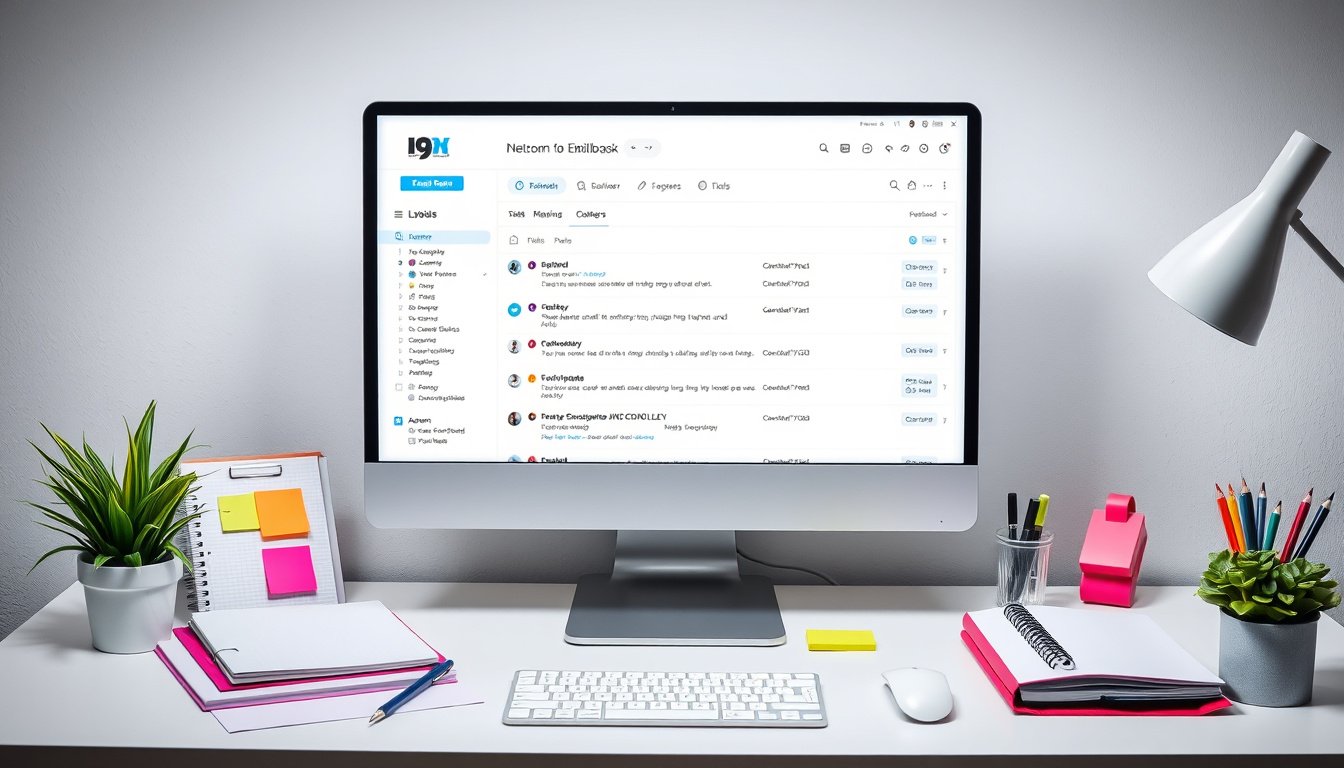
In today’s digital age, effectively managing your email inbox is essential for maintaining productivity and reducing stress. Email filters are powerful tools that automatically sort, organize, and even respond to messages based on criteria you define. By mastering email filters, you can transform your inbox from an overwhelming clutter of messages into a streamlined workflow assistant. This guide walks you through understanding, creating, and optimizing email filters to help you reclaim control over your communications.
What Are Email Filters?
Email filters are automated rules applied to incoming messages. These rules evaluate the attributes of an email—such as sender, subject, keywords, or attachments—and trigger specified actions. Common actions include moving emails to designated folders, marking messages as read, forwarding to other addresses, or even deleting unwanted spam.
Filters work by analyzing emails the moment they arrive, applying your preset criteria to redirect or process them before they flood your inbox. Harnessing filters means less manual sorting and more focus on important communications.
Why Use Email Filters?
- Boost Productivity: Automatically prioritize and categorize emails, so you handle urgent matters first and avoid distractions from less important messages.
- Stay Organized: Maintain a clean inbox by routing newsletters, promotions, and social updates to designated folders.
- Save Time: Eliminate repetitive tasks like moving certain emails or flagging them for follow-up.
- Reduce Stress: Prevent inbox overload by filtering out spam and irrelevant messages proactively.
- Customize Your Email Experience: Tailor actions to different types of messages for a personalized workflow.
How to Create and Manage Email Filters
While specific steps may vary depending on your email service or hosting platform, the fundamental concepts are consistent. We will use cPanel as an illustrative example, which offers a robust email filtering interface commonly used in web hosting environments.
Step 1: Access Your Email Filters Interface
- Log in to your email or hosting control panel (e.g., cPanel).
- Navigate to the "Email Filters" or "Manage Filters" section within your email account settings.
Step 2: Create a New Filter
- Click Create a New Filter or similar.
- Provide a descriptive name for the filter to easily identify its purpose.
Step 3: Define Filter Rules
- Choose the conditions that emails must meet for the filter to apply. Common conditions include:
- Sender’s email address.
- Keywords in the subject line.
- Certain phrases or words in the message body.
- Recipient fields if filtering shared mailboxes.
It’s best to create multiple, simple filters instead of one large complex filter—this approach improves processing efficiency and makes management easier.
Step 4: Set Filter Actions
- Decide what happens when an email matches the conditions:
- Move to a specific folder.
- Mark as read.
- Forward to another address.
- Delete or archive.
- Flag for follow-up or apply labels.
Step 5: Save and Order Filters
- Save your filter.
- If you have multiple filters, arrange their order since filters typically process sequentially—the order can affect which rule takes precedence.

Tips for Effective Use of Email Filters
- Test Filters Before Finalizing: Many platforms let you test filters using sample emails to verify correct behavior. Testing can prevent missing critical messages due to overly aggressive rules.
- Keep Filters Simple and Specific: Overly broad filters might catch unintended emails. Use clear, precise conditions.
- Regularly Review and Update Filters: Your email habits and needs evolve, so revisit filters periodically for refinement.
- Use Global Filters for Organization: Some systems support global or domain-wide filters that apply consistent rules across multiple mailboxes.
- Prioritize Important Contacts: Create filters to highlight messages from bosses, clients, or family for immediate attention.
Email Filtering in Different Environments
cPanel and WHM
cPanel provides a user-friendly email filters interface where you can:
- Create, edit, and delete filters per email account.
- Test filters directly with sample messages for immediate feedback.
- Drag and drop filters to set their execution order.
- Utilize server-side filtering powered by Exim, optimizing email processing.
This makes it suitable for individuals and businesses hosting their domains and wanting granular control over email behavior.
ServiceNow and Enterprise Platforms
In enterprise solutions like ServiceNow, email filtering integrates with broader communication workflows. Filters can trigger automated tasks, create tickets, or manage notifications in complex business environments. Understanding filtering logic helps improve both personal inbox management and organizational communication flows.
Conclusion
Email filters are indispensable tools for anyone looking to master their inbox and enhance productivity. By setting clear rules and automating routine message handling, you reduce clutter, save time, and ensure vital emails never slip through unnoticed.
Whether you use cPanel’s straightforward interface or enterprise solutions, the principles of effective email filtering remain the same: define specific, manageable rules and actions, test filters before wide deployment, and regularly maintain your filter list.
Start applying email filters today to transform chaos into clarity and turn your inbox into a well-oiled productivity engine.
Master your inbox, and watch your efficiency soar.









